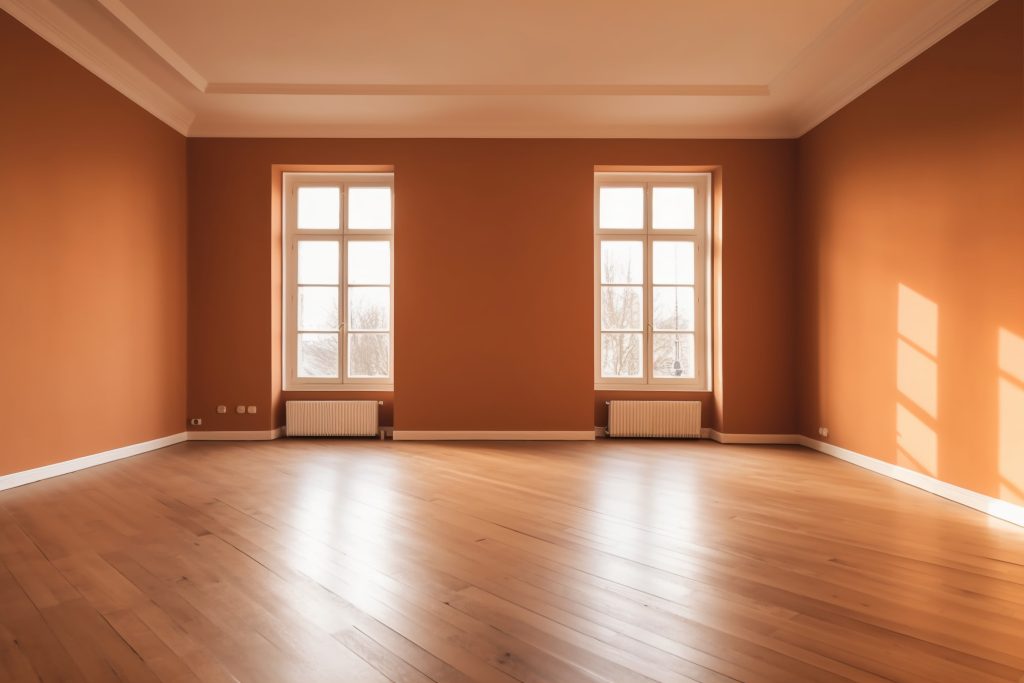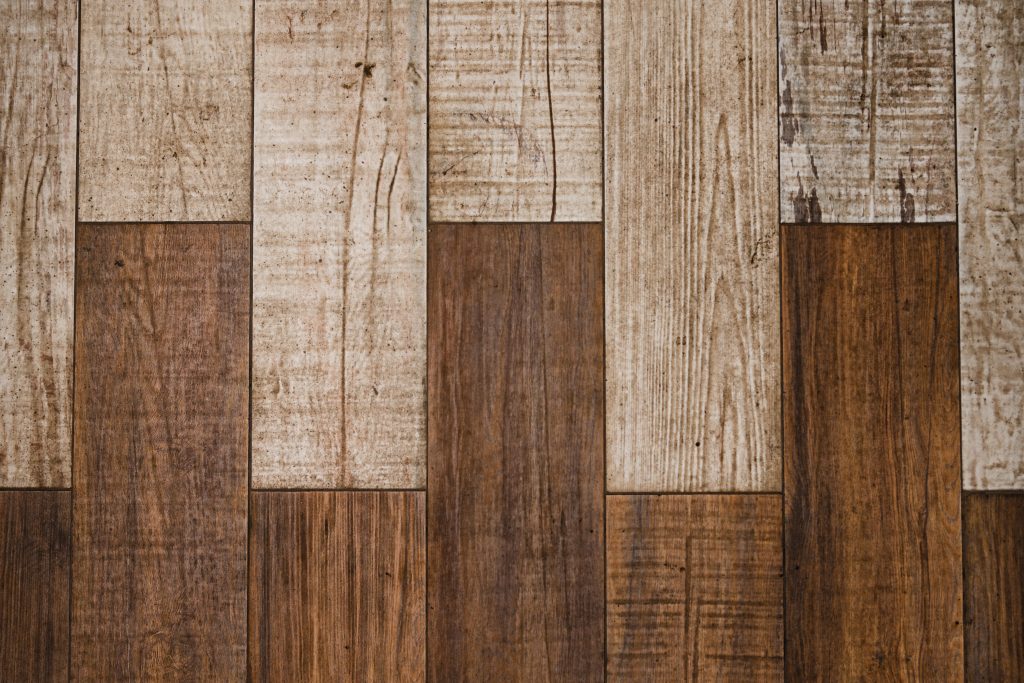
Hardwood floors are one of the best choices you can make for your home. They look beautiful, last for decades, and add real value to your property. Whether you’re renovating your home or building a new one, hardwood floors bring warmth, style, and strength to any space.
This guide will help you understand the different types of hardwood floors, their benefits, how to take care of them, and what to look out for before you buy or install them.
Why Hardwood Floors Are a Smart Choice
- Long-lasting and strong: Hardwood floors can last 50 to 100 years if you take care of them properly. Unlike carpets or vinyl, they don’t wear out quickly.
- Easy to clean: They don’t trap dust or dirt. A broom and mop are usually enough to keep them clean.
- They increase home value: Homes with hardwood floors often sell faster and for more money. Buyers love them.
- Good for your health: Hardwood doesn’t hold allergens like carpet does. This means better air quality indoors.
- They look great in any room: No matter your style, modern, farmhouse, or classic, there’s a hardwood floor that fits.
Types of Hardwood Floors
1. Solid hardwood
Made from one solid piece of wood. You can sand and refinish it many times. It lasts the longest but doesn’t do well with moisture.
2. Engineered hardwood
Has a real wood top layer and layers underneath. It’s more stable than solid wood and works better in humid places like basements.
3. Reclaimed wood
It comes from old buildings. It’s full of character and great for eco-friendly homes.
4. Prefinished hardwood
Comes ready with color and finish. Quicker to install and less mess during the process.
5. Site-finished hardwood
Finished after installation. You get more control over color and finish, but the process takes longer.
What to Think About Before You Buy
- Where will it go? Solid hardwood isn’t good in places with lots of moisture, like bathrooms or basements. Engineered hardwood is a better choice there.
- What kind of wood do you want? Oak is tough and classic. Maple is light and smooth. Hickory is super strong. Walnut is rich and dark. Each wood has its own look and feel.
- What color and finish do you like? Lighter colors make rooms feel bigger. Darker colors make rooms feel cozy. Glossy floors shine but show more dirt. Matte finishes hide scratches better.
- How do you want it installed? Nail-down, glue-down, or floating, all have pros and cons. Ask your installer which is best for your space.
- Do you want a pattern or layout? Herringbone or diagonal layouts can give a custom look, but they may cost more. Straight planks are simple and timeless.
Taking Care of Your Hardwood Floors
Clean regularly
Use a broom or vacuum made for hardwood. Mop with a damp, not wet cloth.
Avoid water and harsh chemicals
Too much water can damage wood. Use cleaners made for hardwood floors.
Protect from scratches
Use rugs at entryways. Add felt pads under furniture. Keep pet nails trimmed.
Watch humidity levels
Use a humidifier in winter and a dehumidifier in summer to avoid wood movement.
Refinish when needed
If your floor looks dull or scratched, you can sand and refinish it to make it look brand new again. Usually needed every 7 to 10 years.
Mistakes to Avoid
- Skipping the acclimation period: Wood needs time to adjust to your home’s air and temperature before installation. Skipping this can lead to warping.
- Ignoring subfloor issues: Uneven or damp subfloors can ruin even the best hardwood. Always fix these first.
- Choosing the wrong wood for the room: Solid wood in a humid room = trouble. Choose engineered hardwood for bathrooms or basements.
- Forgetting about sound: Hardwood can be noisy. Use rugs or underlayment to make it quieter, especially in upstairs rooms.
- Using the wrong cleaning products: Avoid using steam mops or harsh chemicals. They can break down the finish and damage the wood.
Why Consistency Matters
Using the same hardwood floors throughout your home helps rooms flow together. It makes your space look bigger and more modern. Avoid using different types of floors from room to room unless there’s a good reason. Consistency in wood type, color, and layout creates a clean, cohesive look.

Design Tips for Hardwood Floors
Choose the right plank size
Wide planks can make a space look open and modern, while narrow planks are great for traditional or small spaces.
Use light to your advantage
Lighter floors reflect light and make rooms feel larger. Dark floors add depth but can show dust.
Mix materials carefully
If you’re mixing hardwood with tile or carpet, use transition strips for a smooth flow.
Think about resale value
Classic colors and wood types are better for future resale than trendy choices.
Conclusion:
Hardwood floors are a smart and stylish choice that can make your home more comfortable and valuable. With the right care and planning, your floors can look beautiful for generations. If you’re ready to explore your options or need help making a decision, reach out to LetMeHelpYou today.
We offer honest advice, smart choices, and expert support when it comes to hardwood floors. Whether you’re choosing materials, planning installation, or want help with refinishing, we make the process easier from start to finish. We work with trusted suppliers and experienced installers to make sure you get the best quality, every time.
Frequently Asked Questions
Can I use hardwood floors in kitchens or bathrooms?
Yes, but go with engineered hardwood in wet areas. It handles moisture better.
How often should I clean hardwood floors?
Sweep or vacuum every few days. Mop once a week with a damp cloth.
3. How long do hardwood floors last?
With care, they can last 50–100 years or more.
Do hardwood floors scratch easily?
Some woods are harder than others. Use rugs, trim pet nails, and avoid dragging furniture.
Are hardwood floors good for people with allergies?
Yes, they don’t trap dust, pollen, or pet hair like carpet does.
For more information, visit: Time Business News

